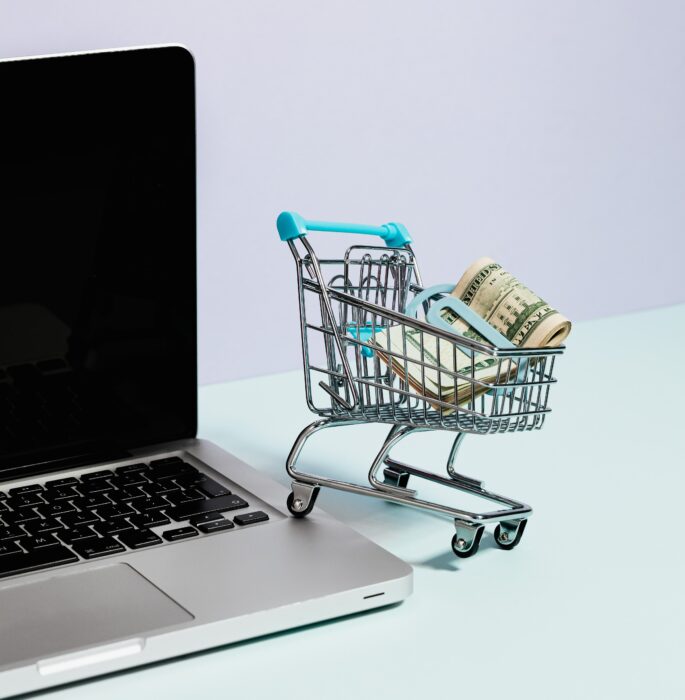Sales funnel is an analytical tool that displays each step that someone has to take in order to become your client. It helps you understand what potential customers are thinking and doing at each stage of the purchasing journey, thus letting you control their behavior and encourage them to buy your product/service.
Example:
Last week I saw a trendy travel mug in my Instagram feed. Its vivid picture in front of a mountain range did the trick and drew my attention. I had no time to learn about this product, so I decided to do my research later. Of course, I forgot completely about it, but it showed up in my recommended tab again, in a different picture. This time I went to the seller’s profile, read their posts, learned more about the manufacturing and checked their other products. Positive feedback from their customers convinced me to make a purchase, however I did not make it. Instead, I liked a few of their posts and followed them. A day later I saw an ad of this mug at a discount in my Instagram feed. For me the sales funnel ended at this point – I followed the link and made a purchase.
This is a classic example of how a sales funnel works on Instagram: a person displays interest, engages and gets convinced. The longer they stick around, the bigger the chance they will make a purchase.
I could have avoided getting into the sales funnel if it wasn’t for the beautiful picture that caught my eye. The fact that I clicked on the picture proves that a visual manager’s job was done properly.
Still, there was a possibility for me to get out of the sales funnel after I clicked on the profile, if:
- There was no unique selling point in the header.
- Their posts failed to convince me that the product was really good.
- The product failed to prove that it was worth its price.
- There were no positive reviews and seller’s profile tags on other users’ posts.
- The pictures in their profile were low quality.
This shows that a more global approach in product/service promotion and a deep analysis of the key points that may influence a customer’s decision are needed.
With that in mind, let’s take a look at this example of a sales to funnel designed for a coach:
- First stage. An advertisement with a free offer (a video lesson or a checklist). Customers are granted access to the information after they link their emails and follow us on social media.
- Second stage. We send a free offer via email + attach an offer of a base course at a 40% discount.
- Third stage. 4 days later we send information on how to register for a free webinar or master class.
- Final stage. Following the results of a webinar/master class we proceed to sell a complete course at a discount.
Use this newly gained knowledge to grow your business, and visit Salut Blog next time to learn even more useful information!


Leave a Reply